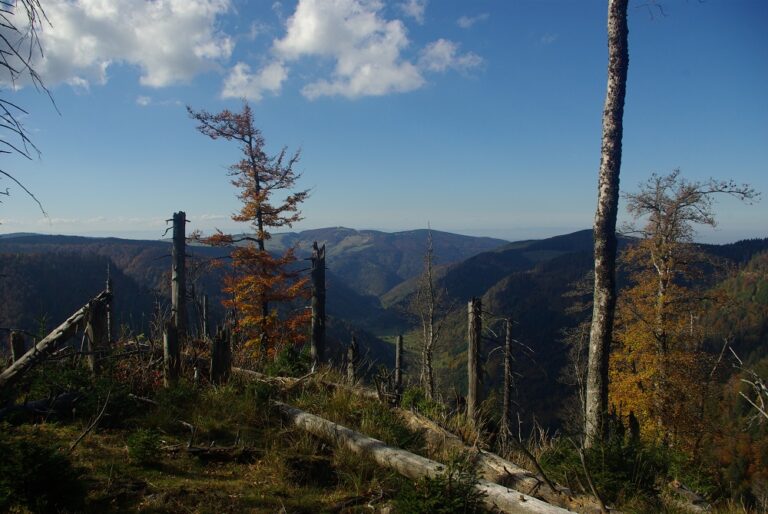Principal Investigators
- Prof. Dr. Jürgen Bauhus – Silviculture and Forest Ecology
- Prof. Dr. Peter Biedermann – Forest Entomology and Protection
- Dr. Veronika Braunisch – Conservation Biology
- Prof. Dr. Andreas Christen – Environmental Meteorology
- Prof. Dr. Carsten Dormann – Biometry and Env. System Analysis
- Prof. Dr. Hartmunt Fünfgeld – Geography and Global Change
- Prof. Dr. Marc Hanewinkel – Forestry Economics and Forest Planning
- Prof. Dr. Markus Hauck – Applied Vegetation Ecology
- Prof. Dr. Michaela Haug – Environmental Ethnology, Anthropology
- Prof. Dr. Katrin Heer – Forest Genetics
- Prof. Dr. Alexandra-Maria Klein – Nature Conservation and Landscape Ecology
- Prof. Dr. Daniela Kleinschmit – Forest and Environmental Policy
- Prof. Dr. Friederike Lang – Soil Ecology
- Dr. Sarah May – Cultural Anthropology
- Prof. Dr. René Orth – Biogeochemistry
- Prof. Dr. Marcus Panning – Clinical Virus Genomics
- Prof. Dr. Stefan Pauliuk – Sustainable Energy and Material Flow Management
- Prof. Dr. Michael Pregernig – Sustainability Governance
- Prof. Dr. Michael Scherer-Lorenzen – Plant Ecology and Biogeochemistry
- Prof. Dr. Maja Schlüter – Social-Ecological Systems Modelling
- Prof. Dr. Thomas Seifert – Forest Growth and Dendroecology
- Prof. Dr. Kerstin Stahl – Environmental Hydrological Systems
- Prof. Dr. Markus Weiler – Hydrology
- Prof. Dr. Christiane Werner – Ecosystem Physiology
- Prof. Dr. Cathrin Zengerling – Law











